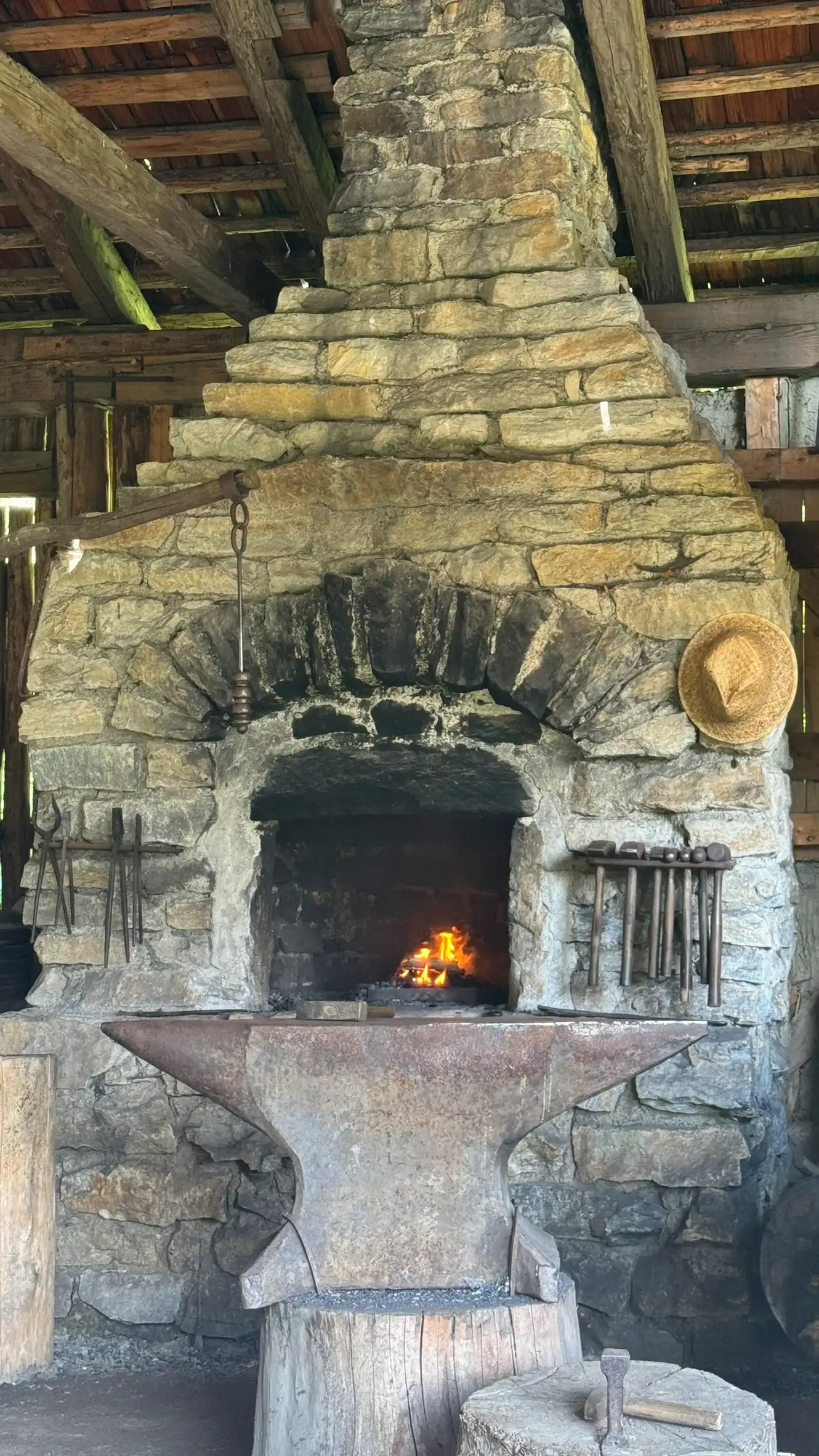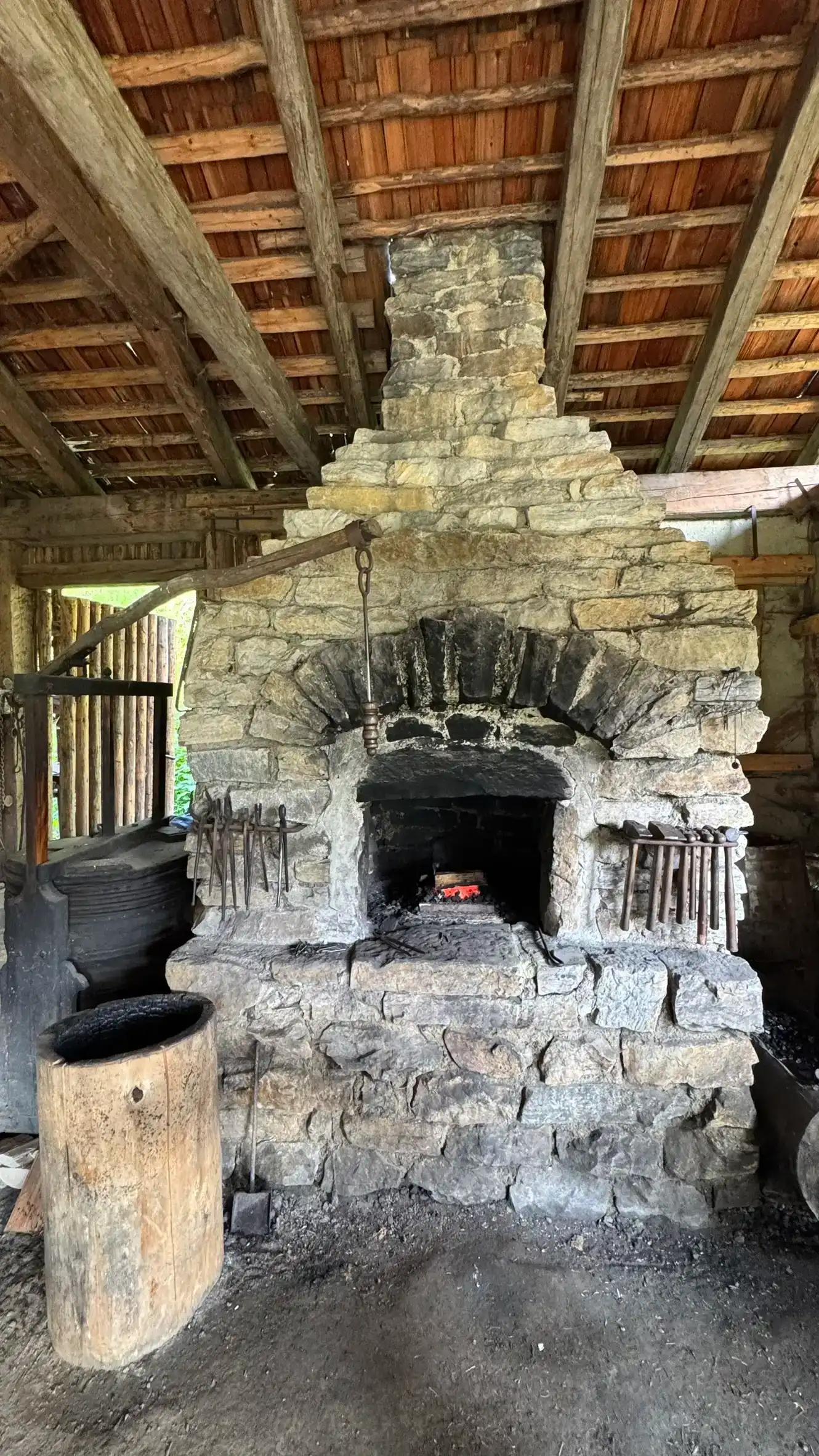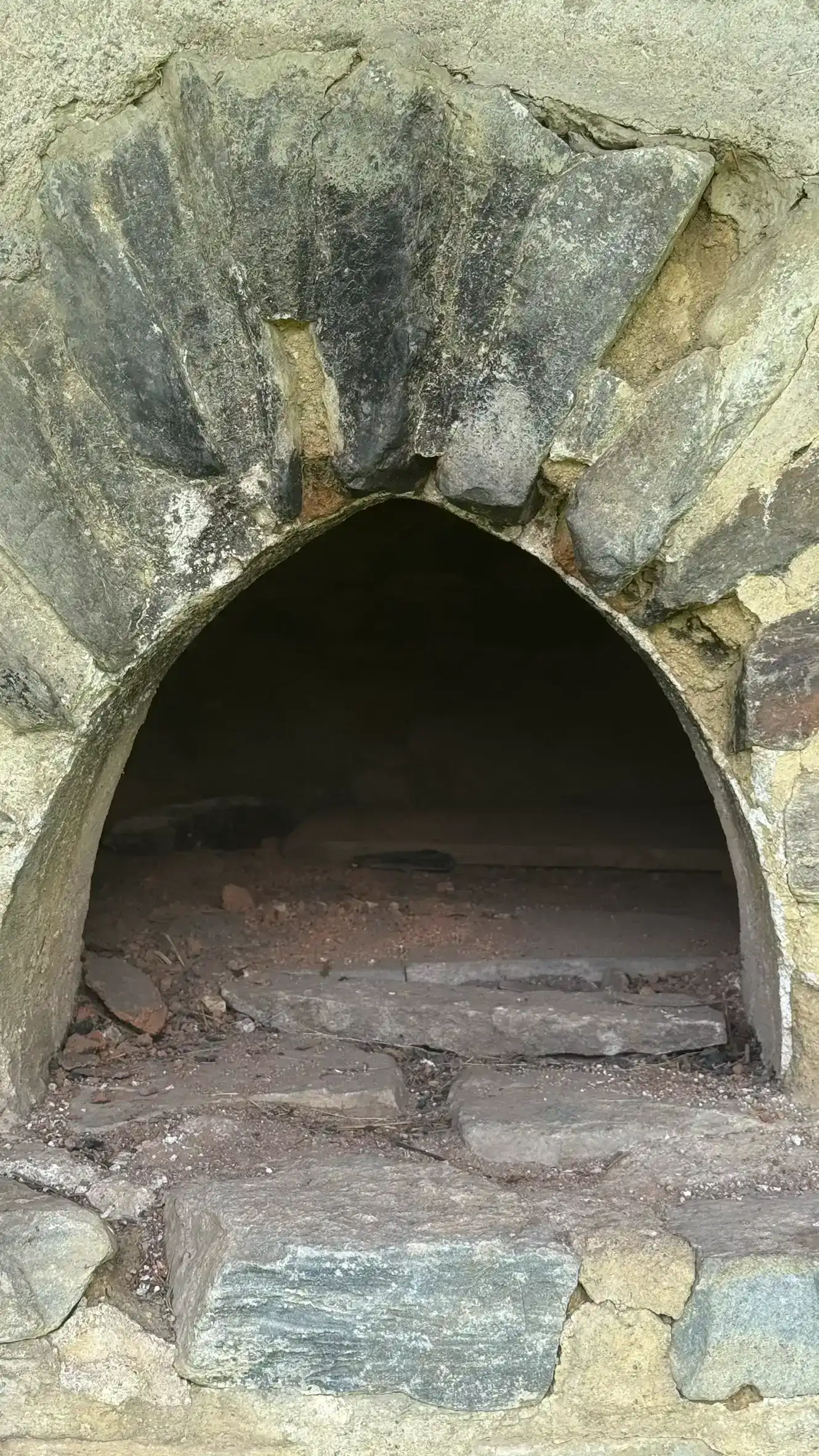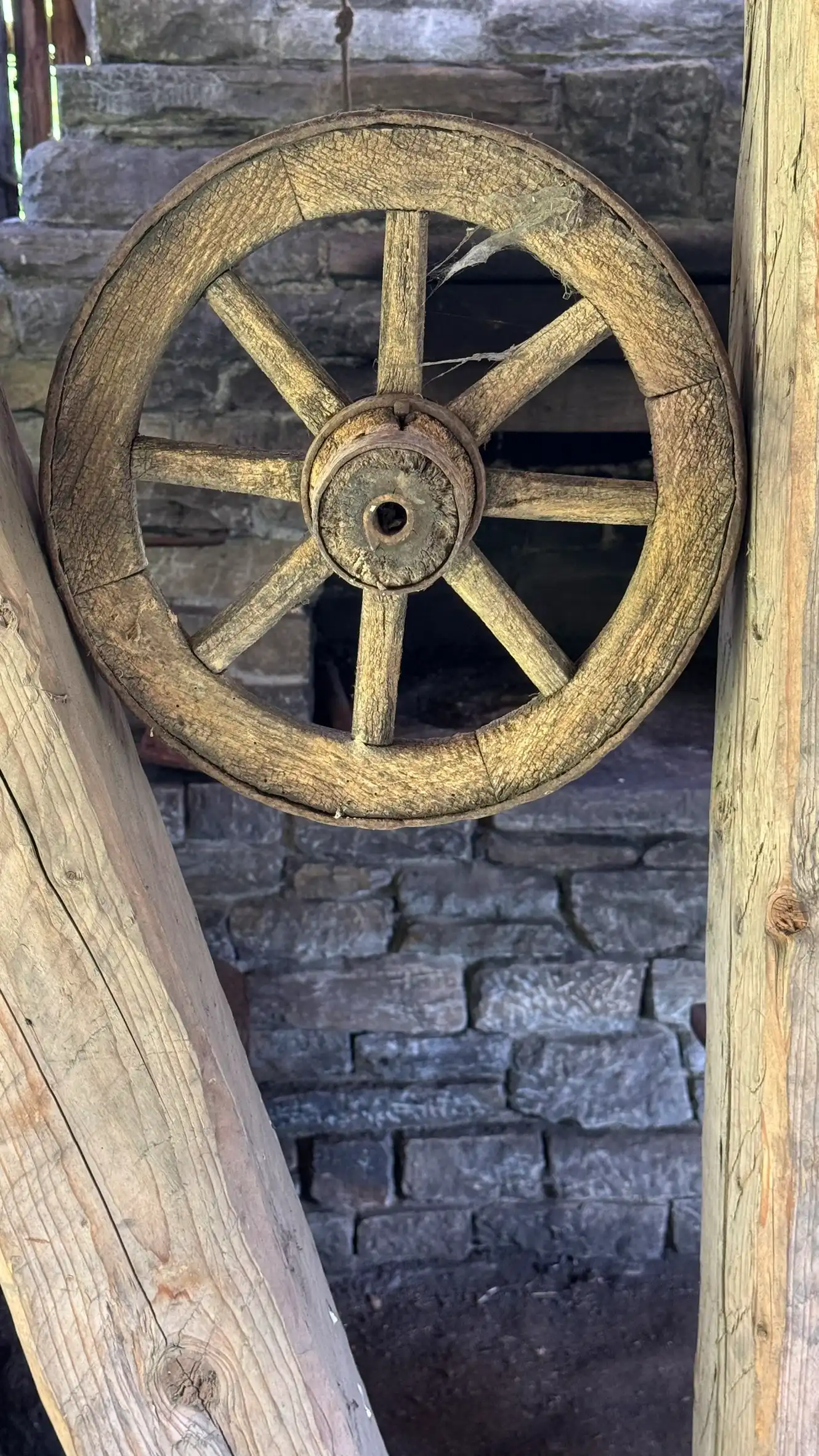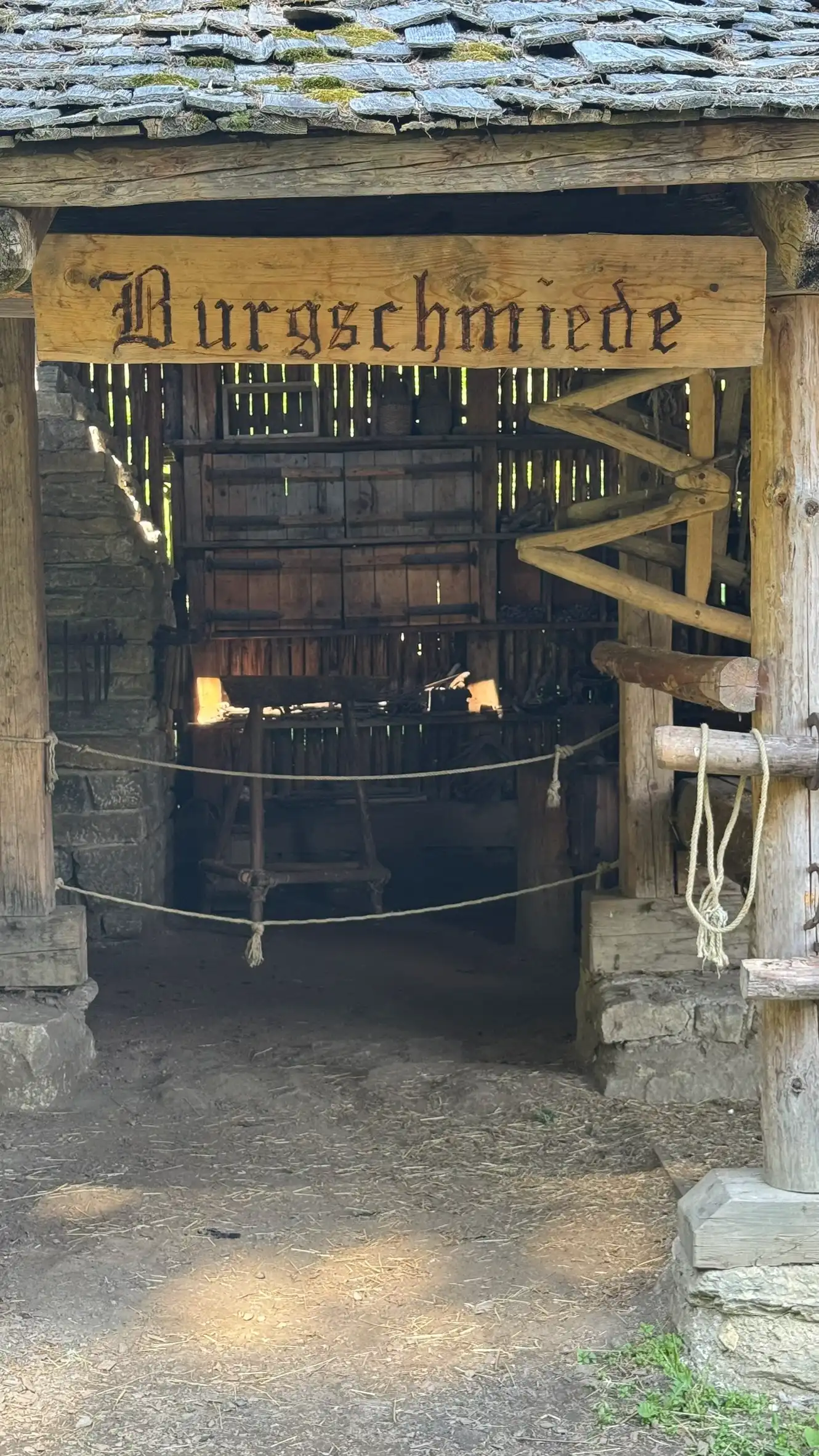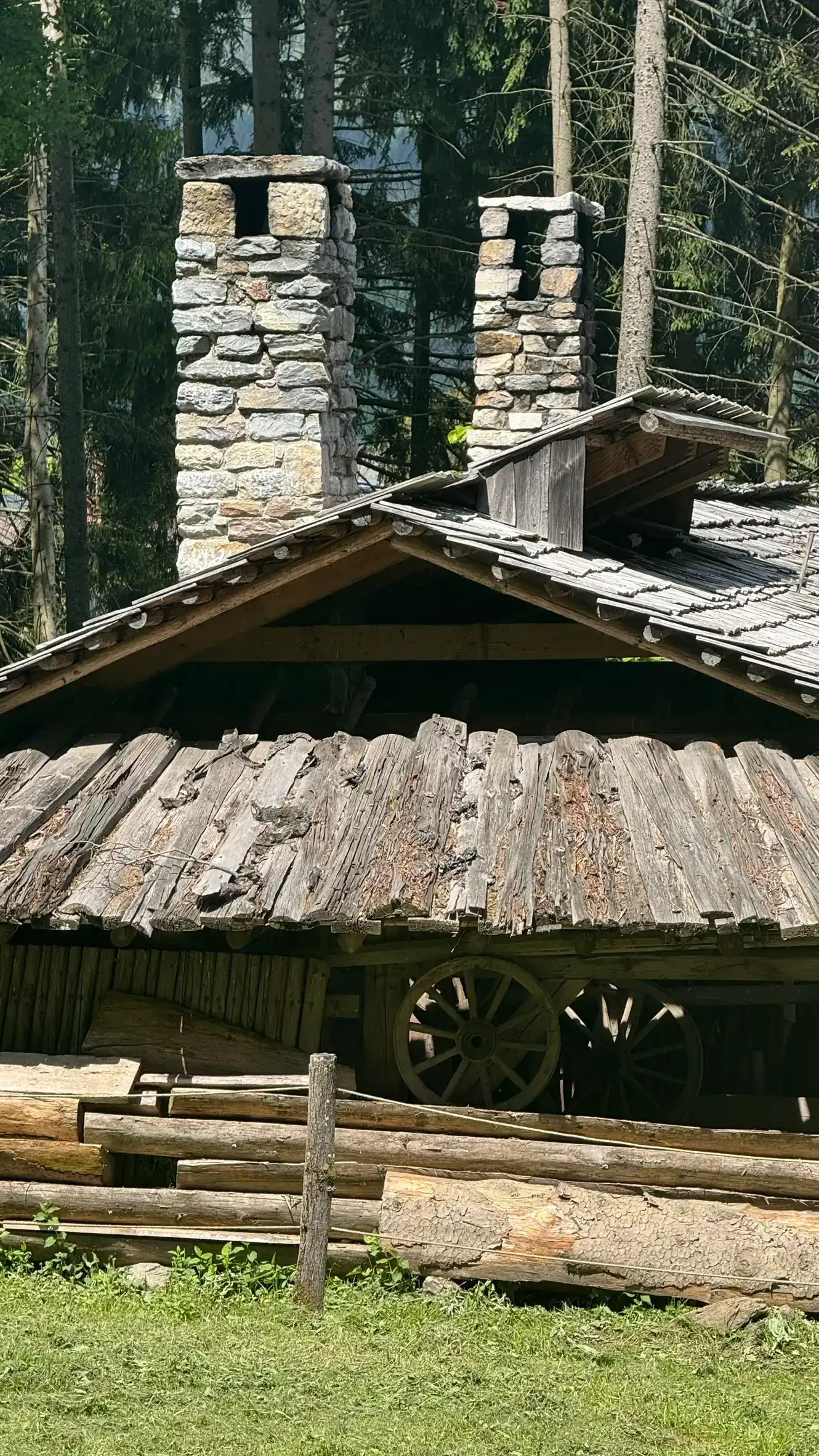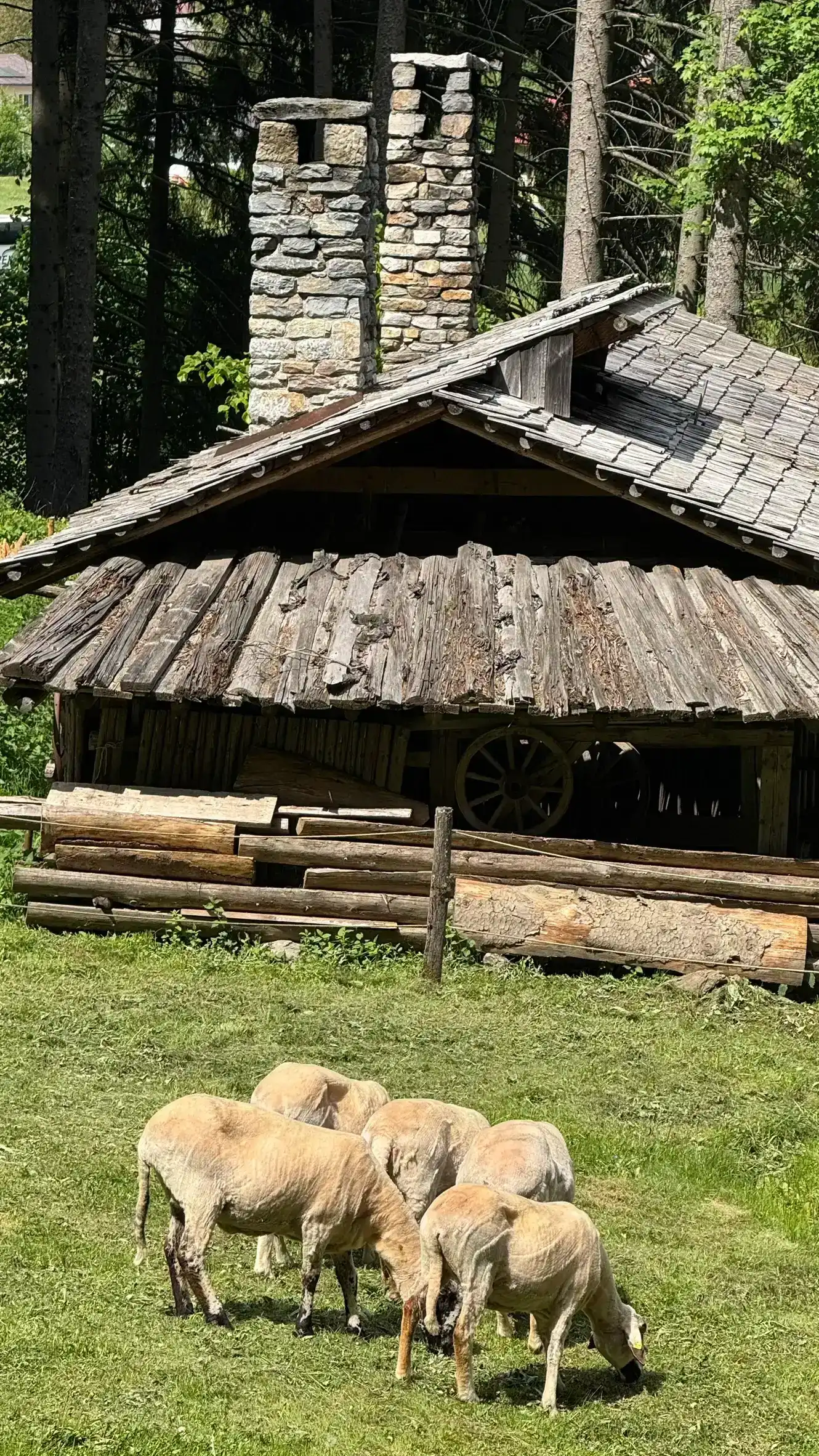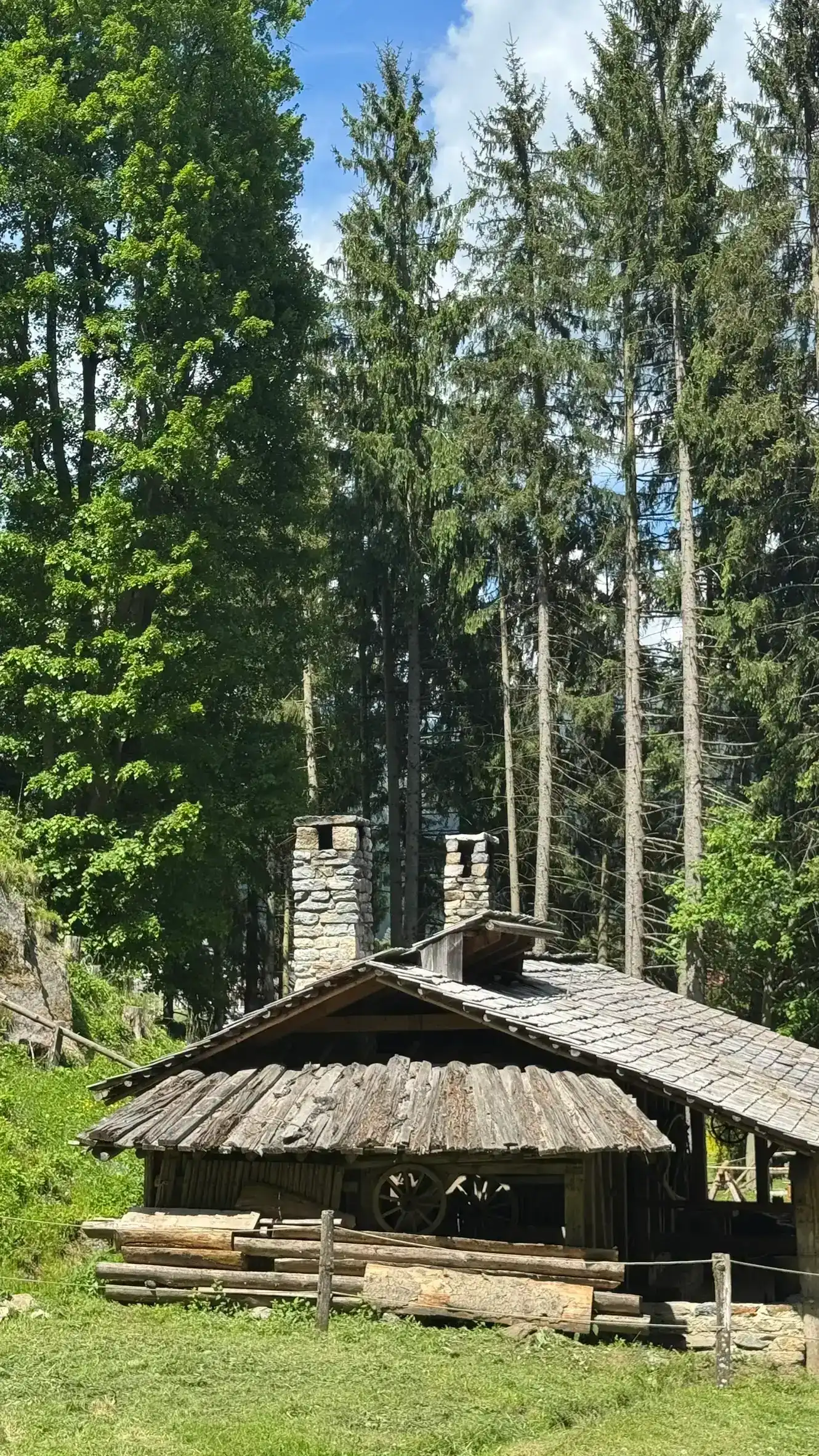Forge
The blacksmith was one of the most important craftsmen on the castle construction site, and even later, after the completion of the castle, he was indispensable. His task was to make items such as fittings, hinges, locks, and keys. He was also responsible for making and maintaining the tools of the other craftsmen. Additionally, the blacksmith was needed for the maintenance of equipment on the castle and for daily needs.
The blacksmith’s workshop consisted of an open hearth with a flue (forge), operated by a bellows. Next to it were the anvil and a water trough. The workshop also included storage for the required charcoal and scrap metal. The most important tools of a blacksmith were the anvil (flat anvil, blacksmith’s anvil, horn anvil, and thumb anvil), the hammer (hammers were made not only from iron and steel but also from cattle horns), and the tongs.
The training for this profession was subject to strict rules. Working with fire and shaping iron with hammer and anvil earned the blacksmith high esteem. However, because of this, he was sometimes also regarded and feared as a sorcerer. Therefore, after completing their training, blacksmiths had to swear an oath never to practice witchcraft.
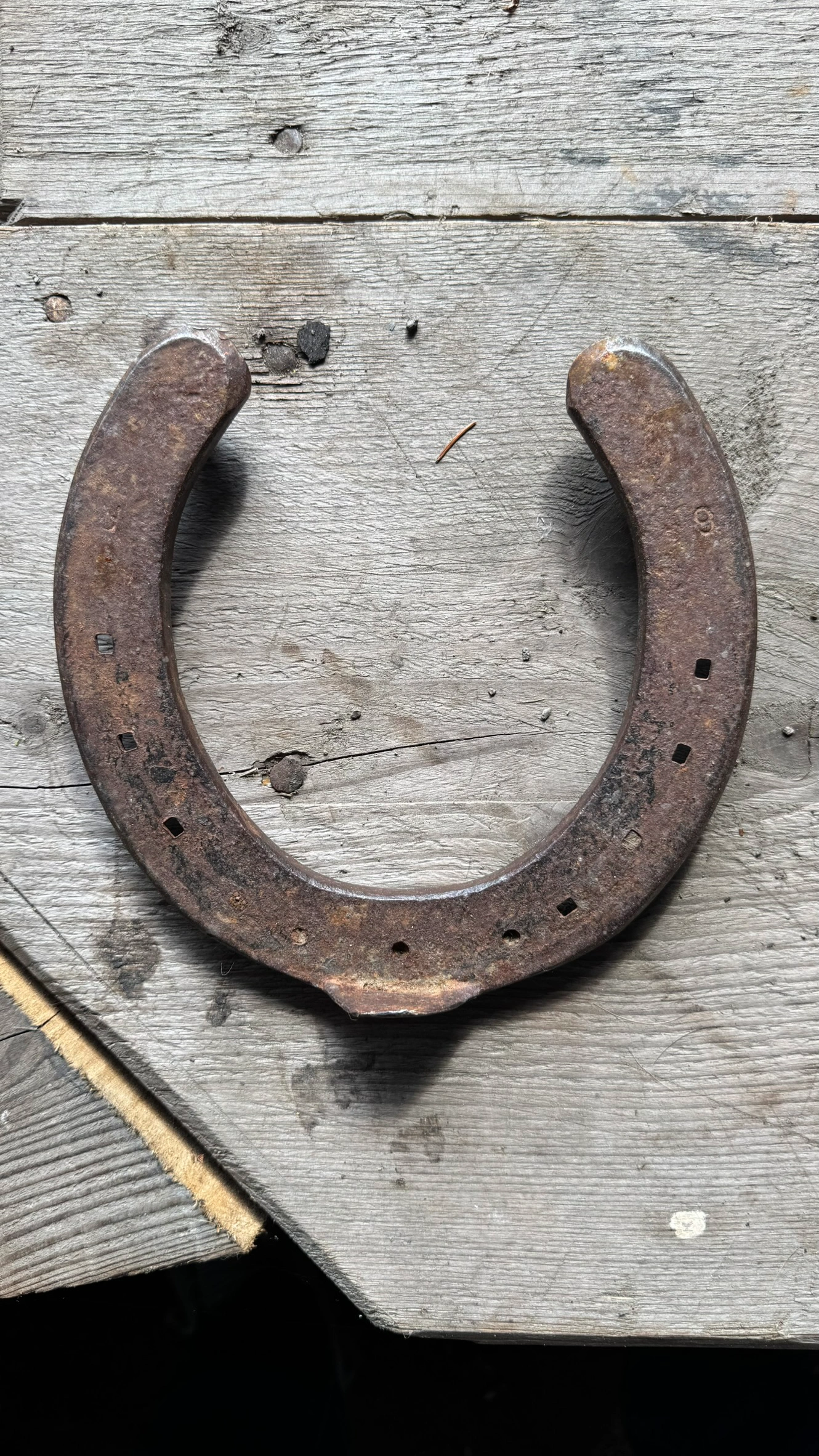
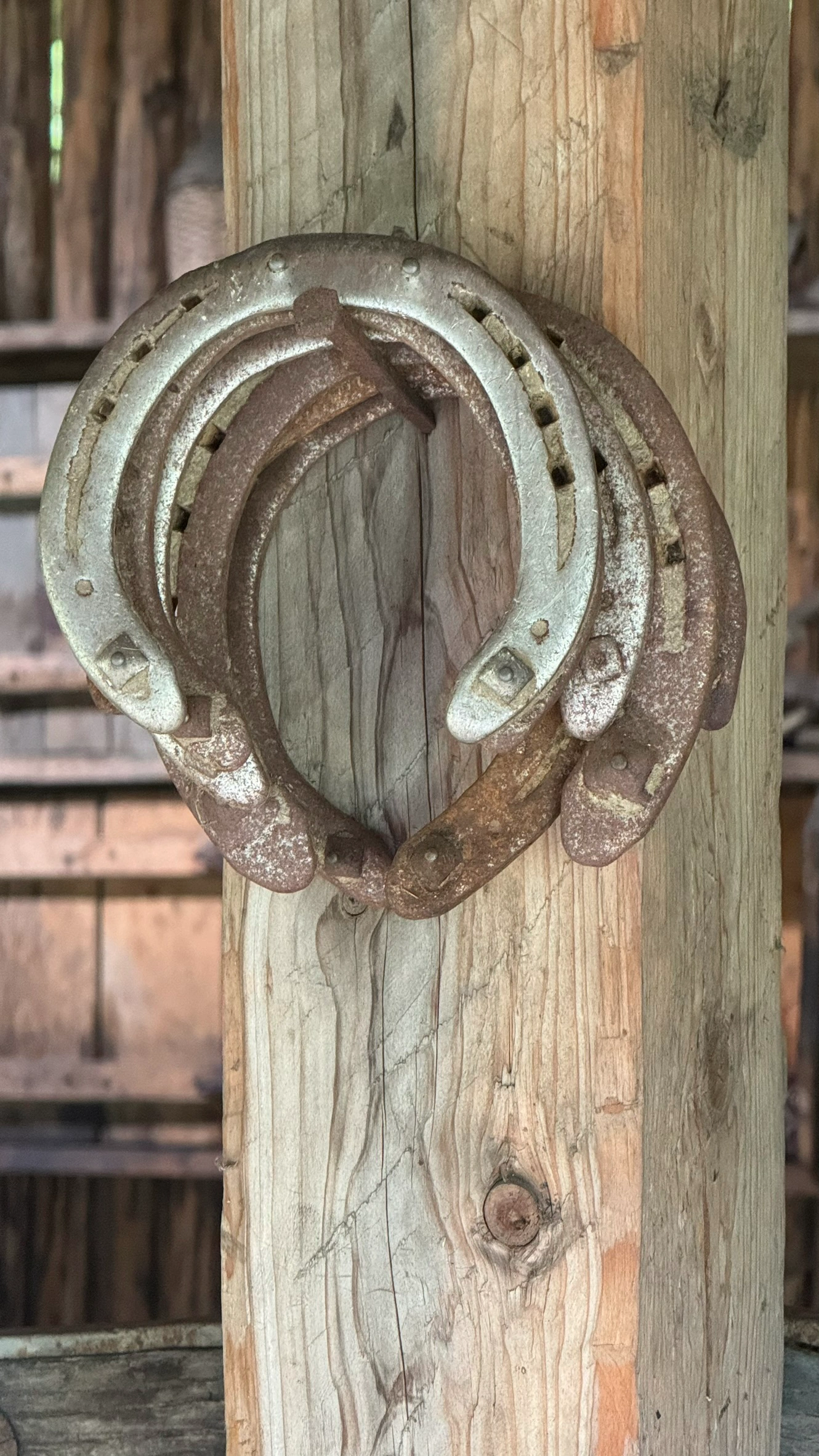
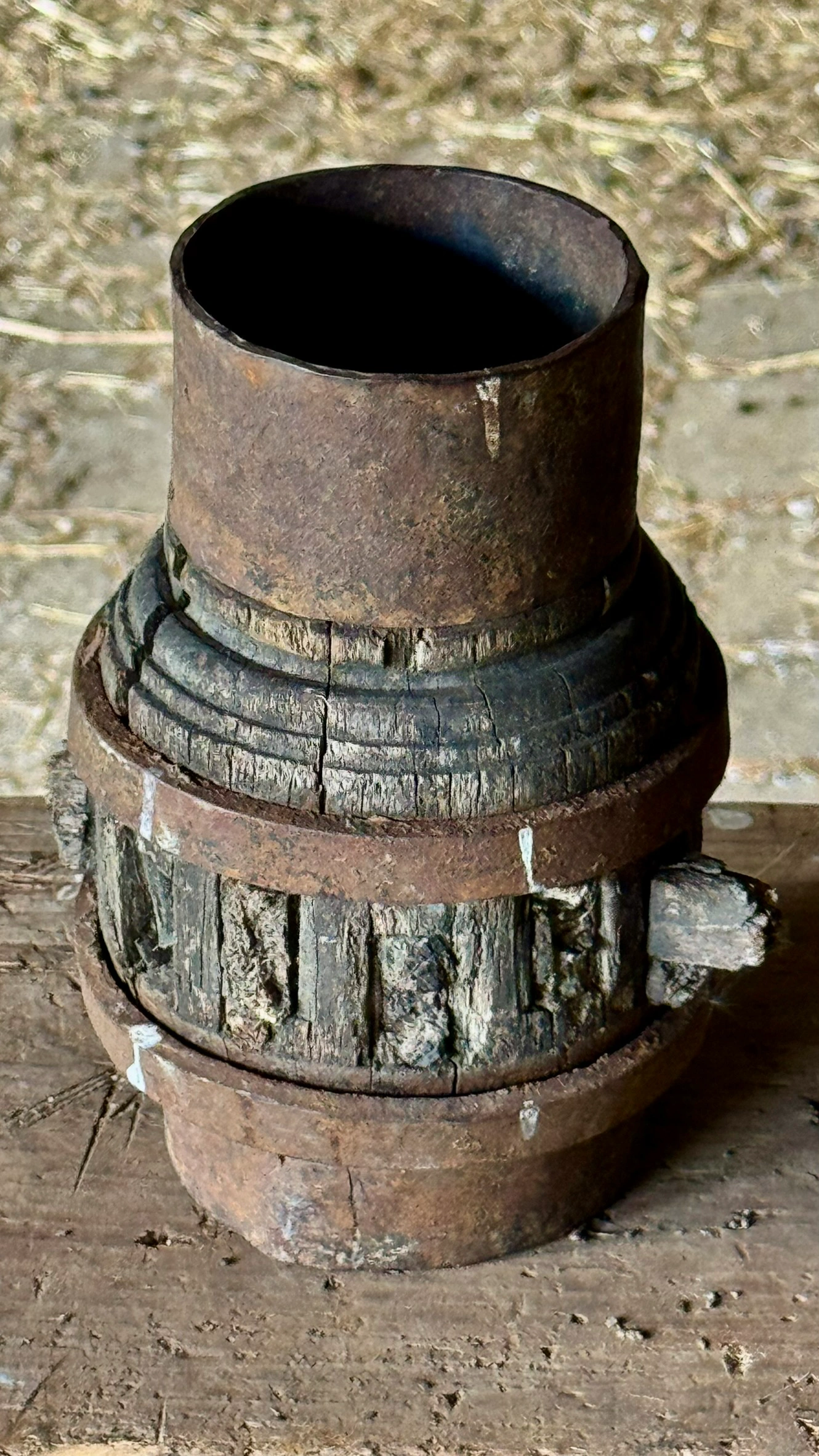
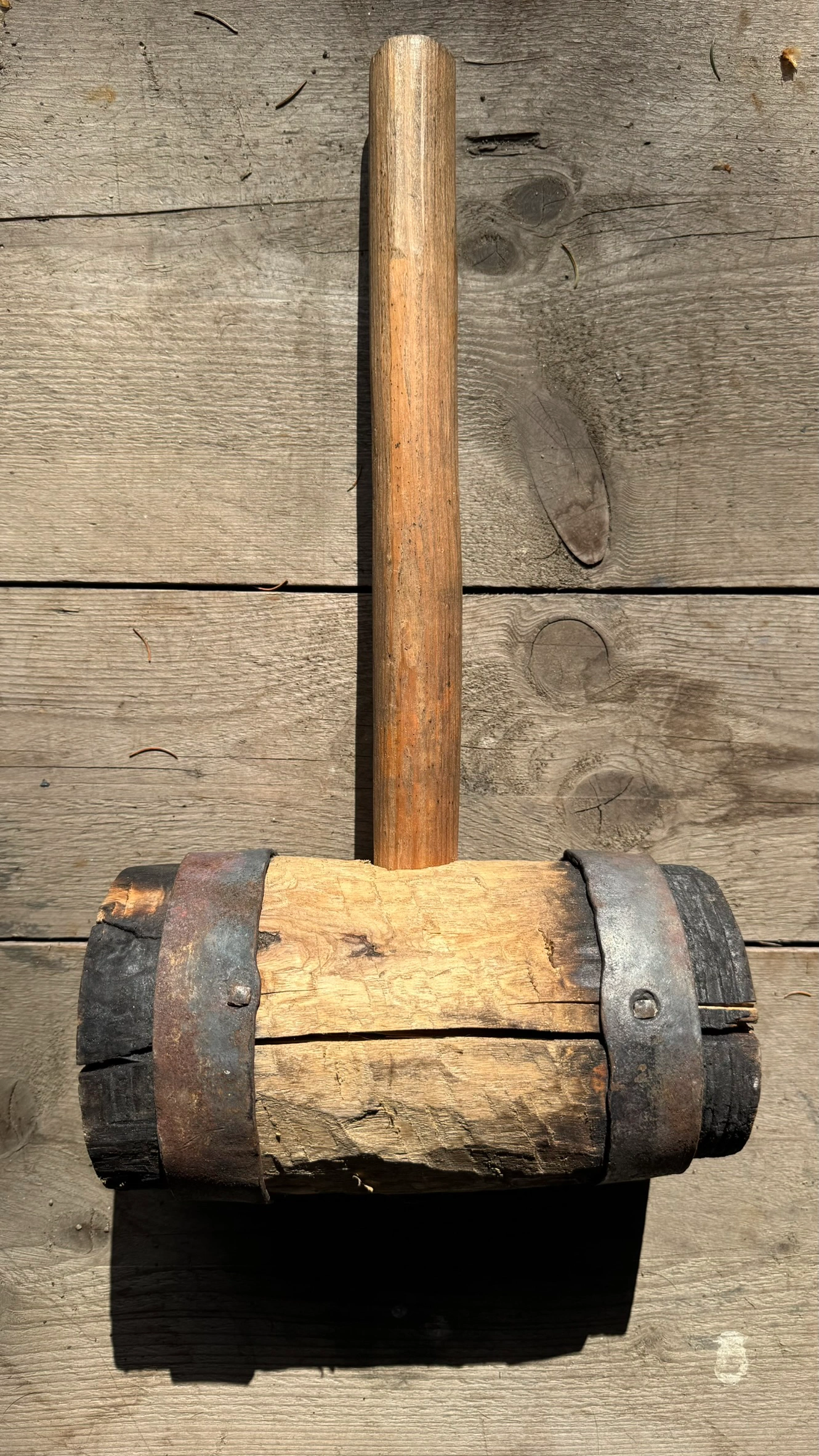
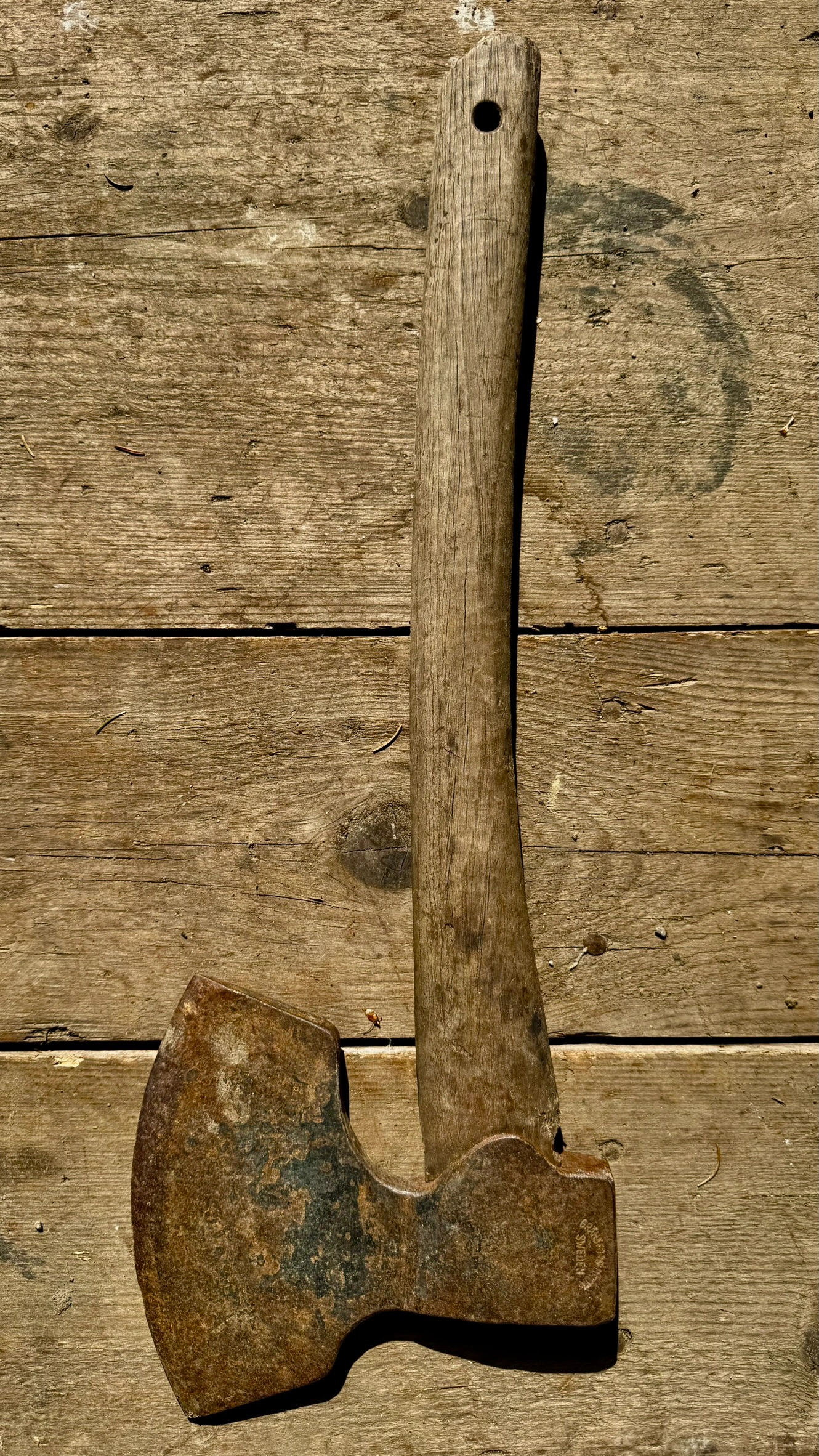
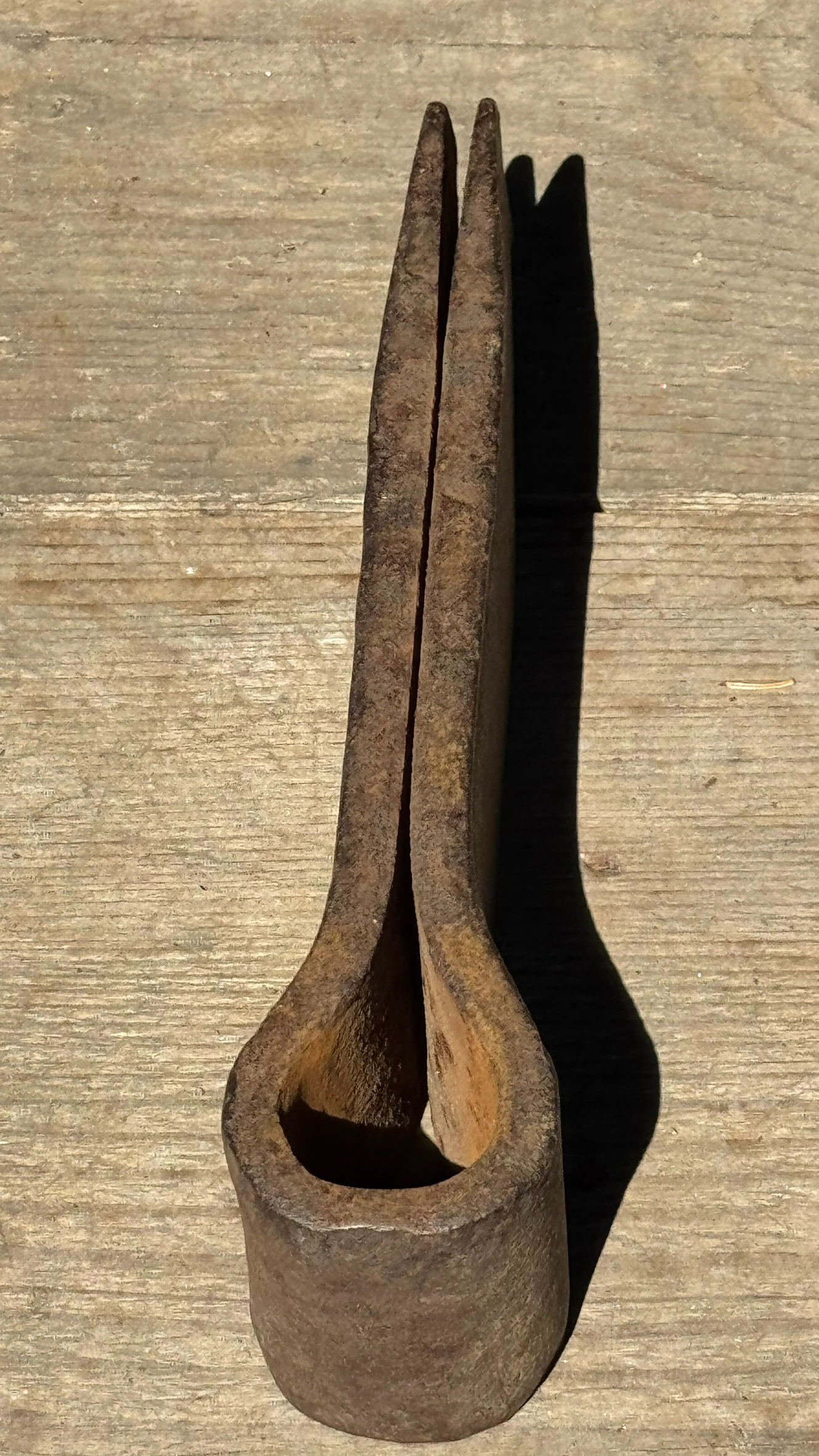
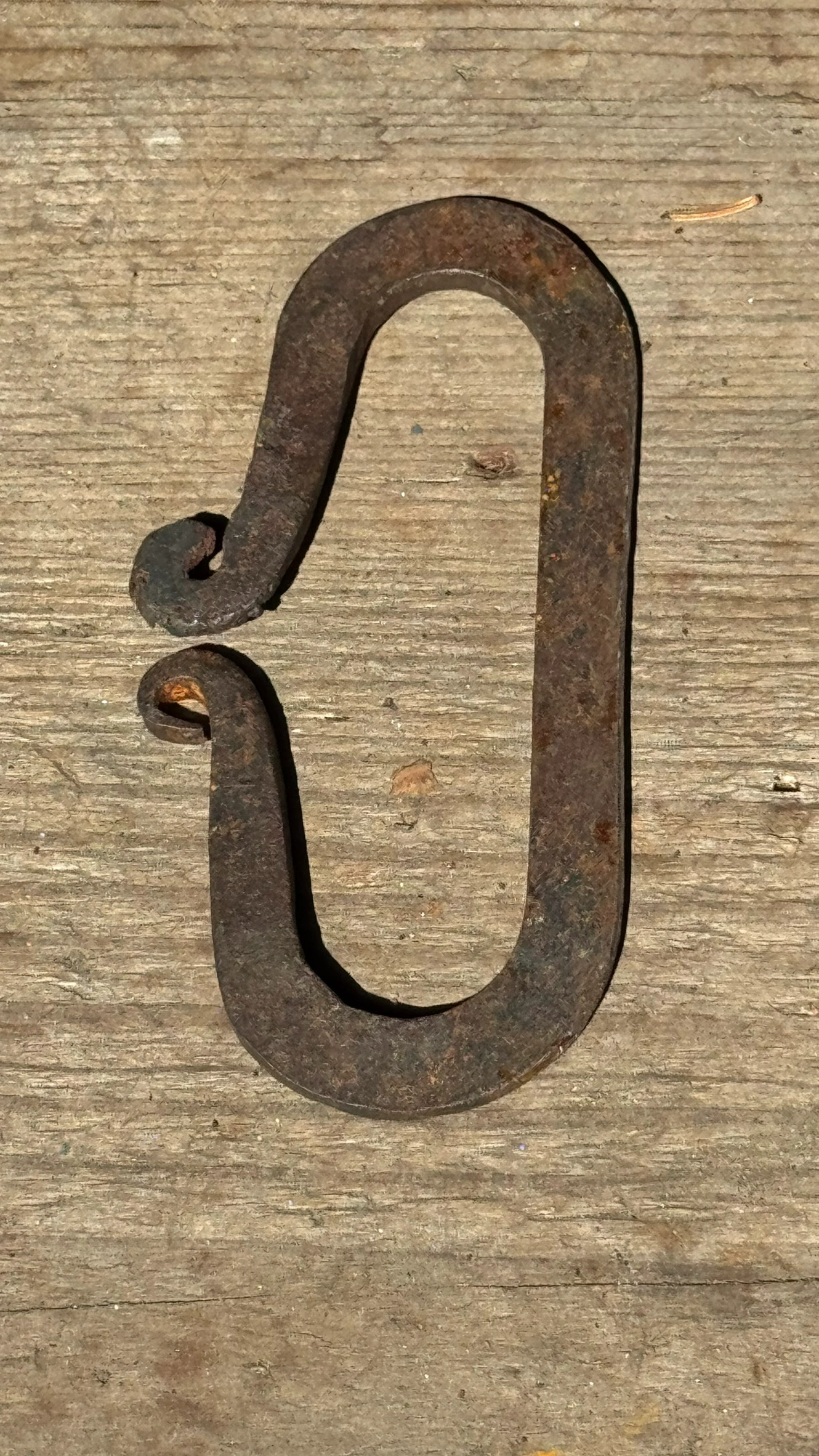
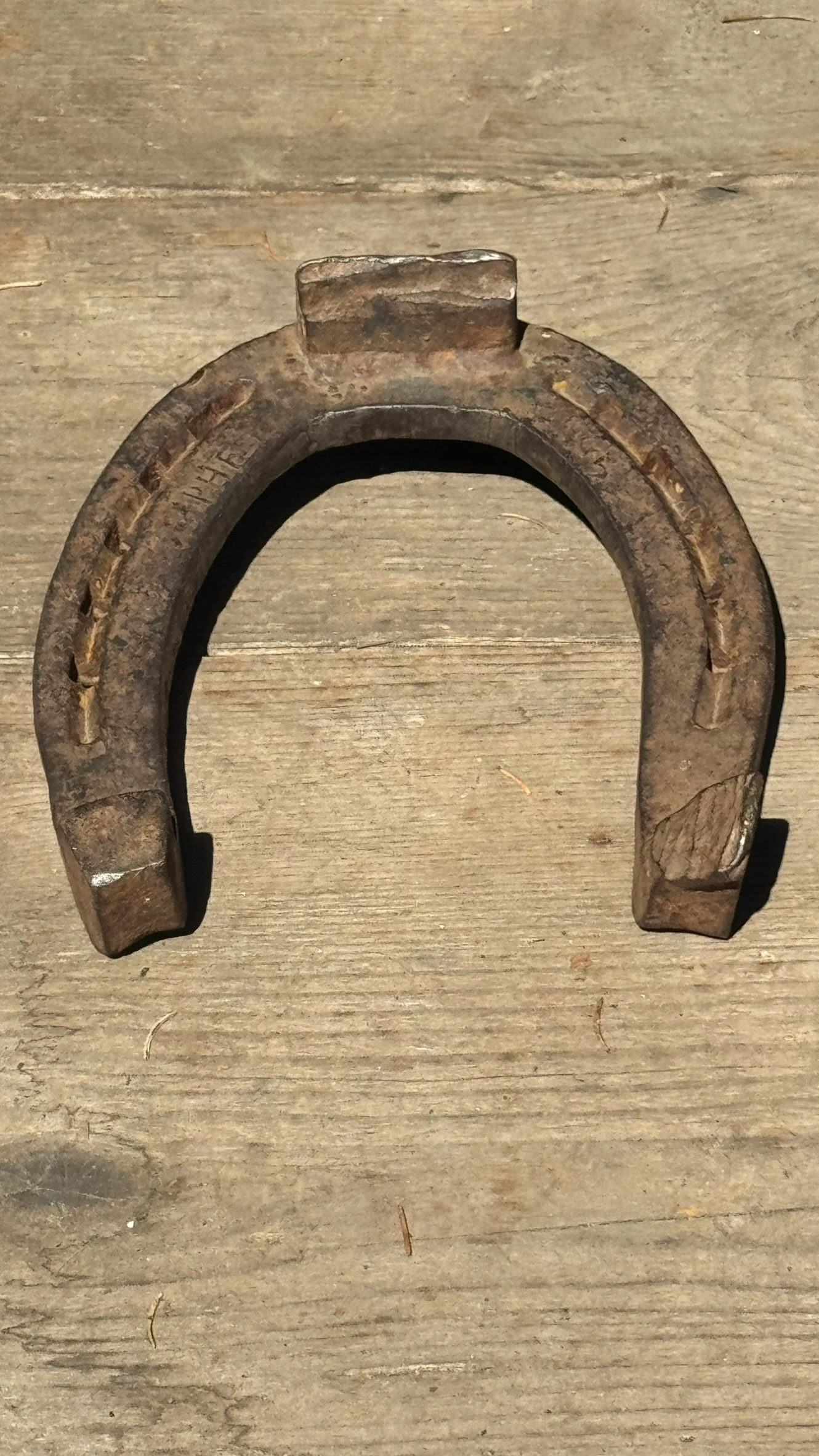
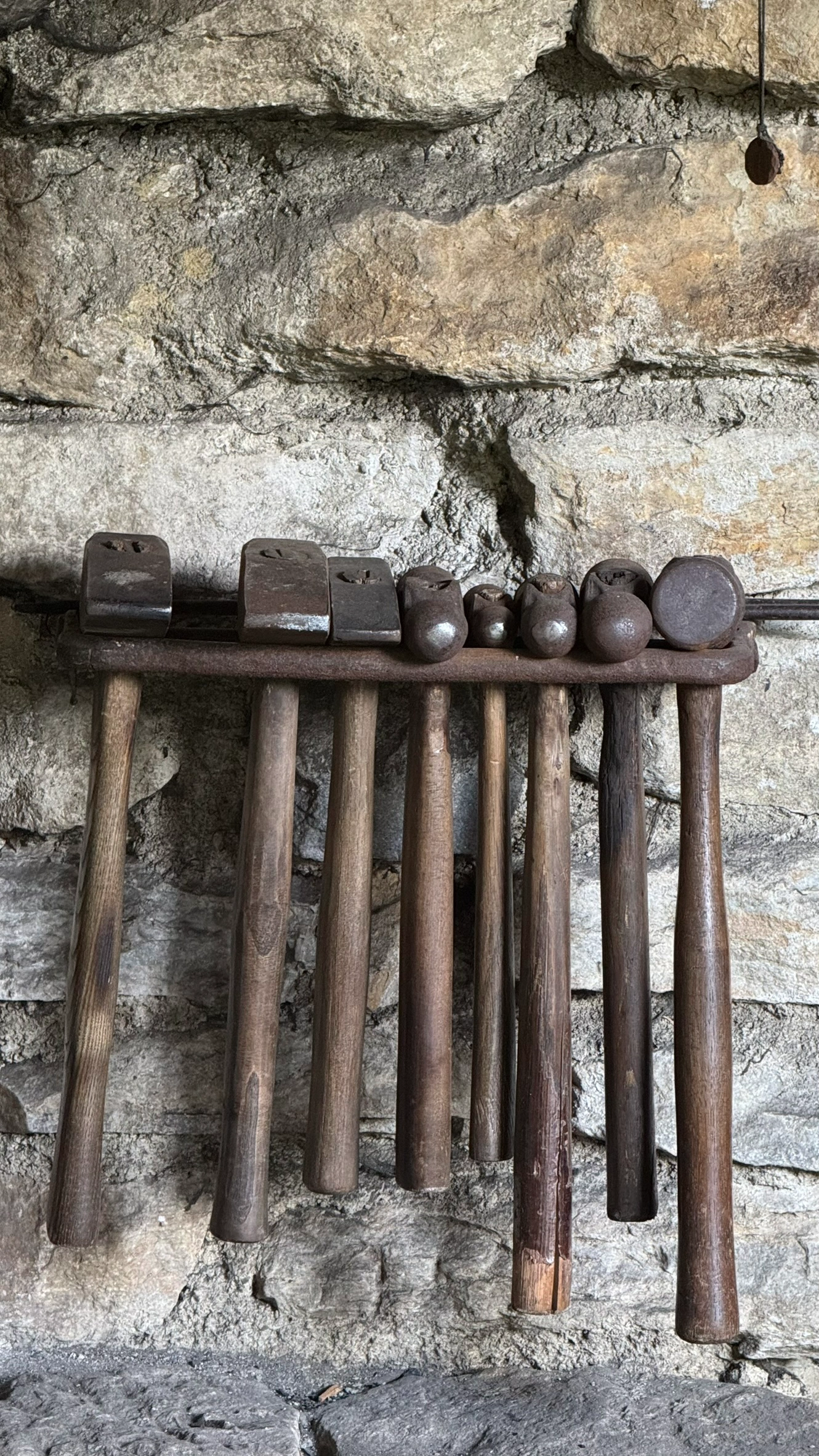
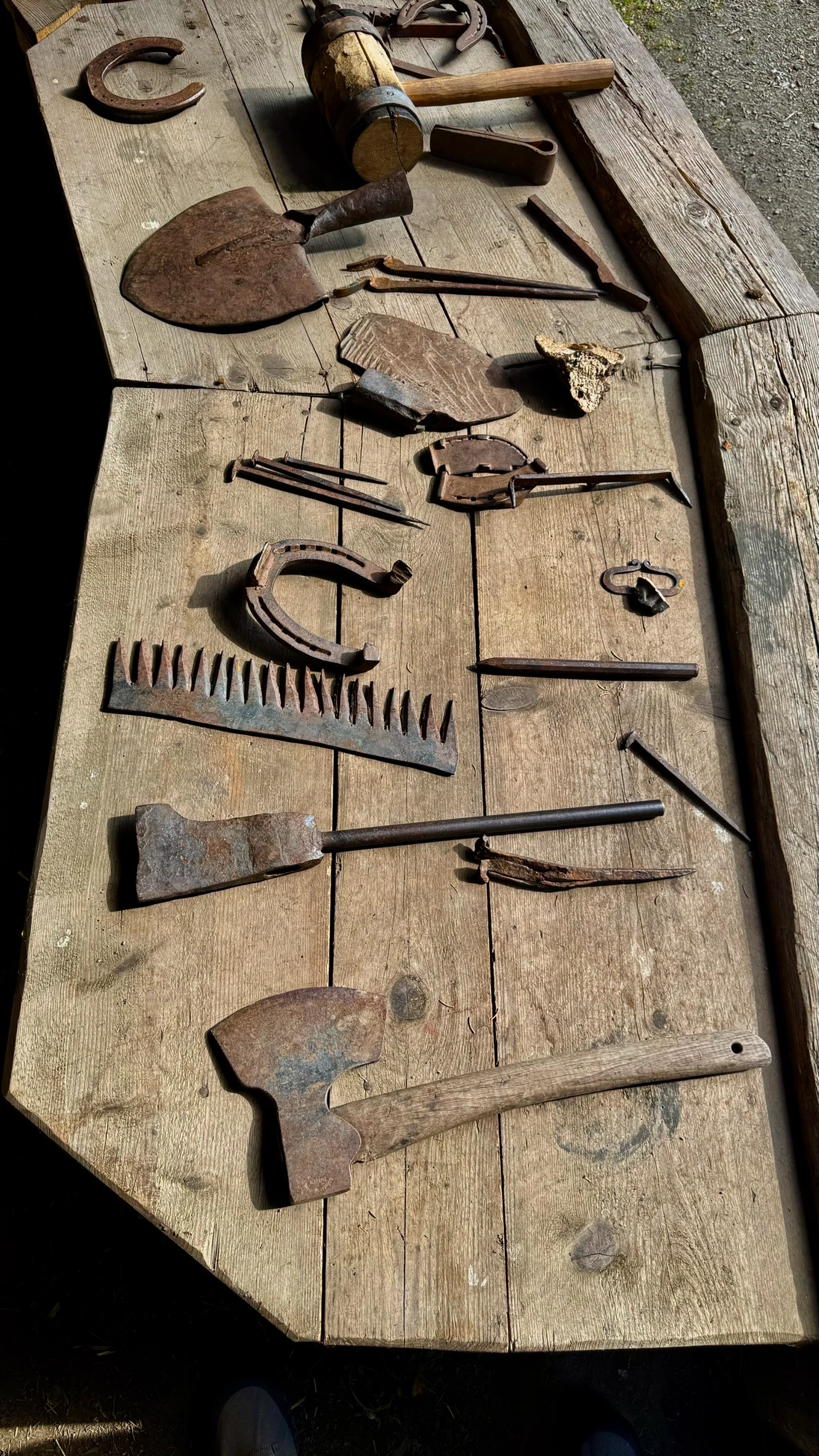
In the spring of 2010, the field forge was built, and the construction of the large forge with a hearth followed. In 2014, the blacksmith’s hut was expanded with another hearth. Among other tasks, nails and clamps are made, tools are repaired, chisels are hardened, and fittings are applied.
